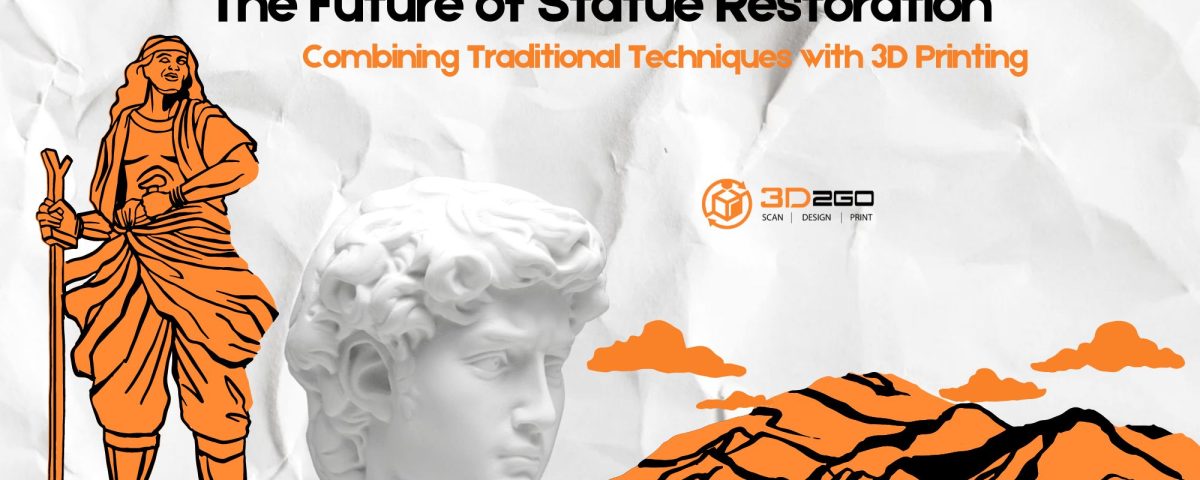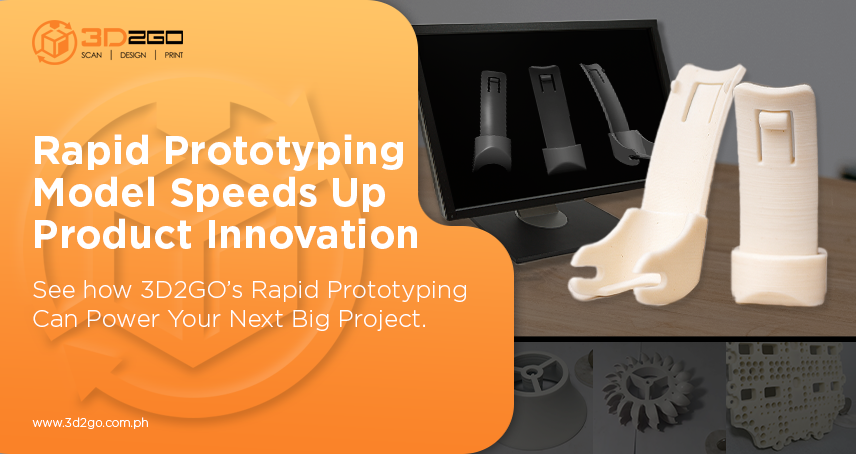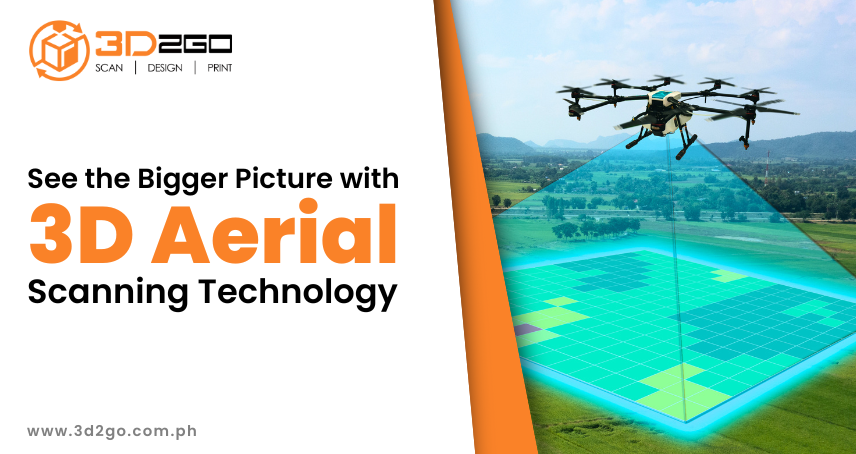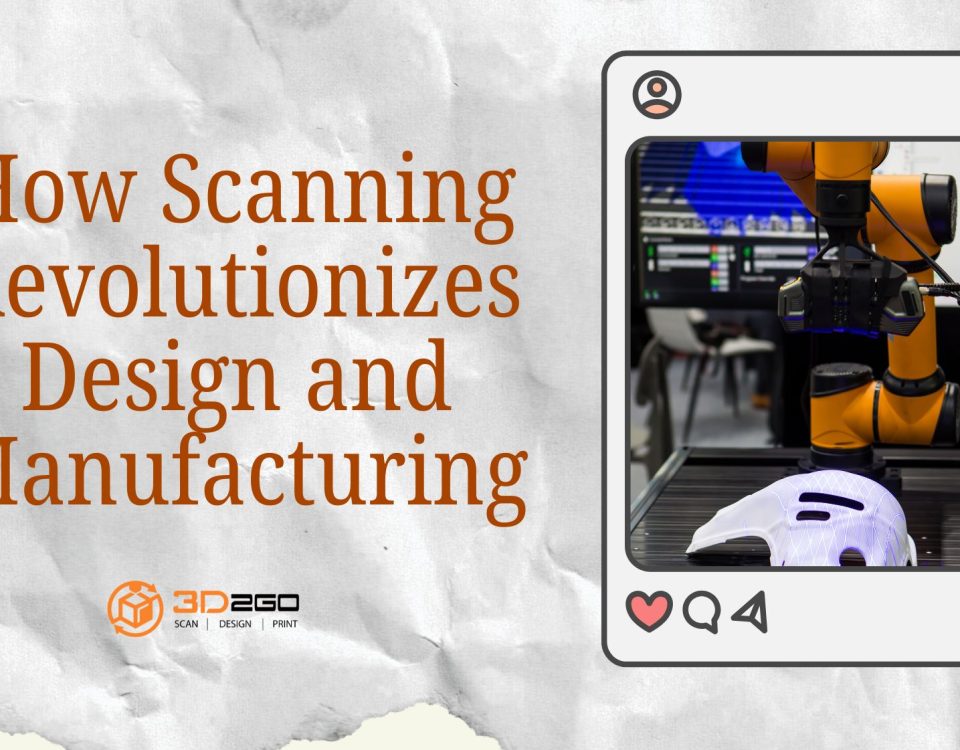
Why is Lidar technology crucial for design, construction, and mapping?
September 28, 2024
How LiDAR Surveys Deliver Accuracy and Efficiency Across the Philippines
October 10, 2024Statue restoration is an intricate process that blends art, history, and technology. As cultural heritage becomes increasingly vulnerable to environmental factors, neglect, and time, preserving these masterpieces has never been more critical. The advent of modern technology, particularly 3D printing, has revolutionized the statue restoration field, offering innovative solutions that complement traditional restoration techniques. This synergy between the old and new presents a promising future for conserving our historical artifacts.
In traditional statue restoration, artisans often rely on hand-crafted methods to repair and restore damaged sculptures. These techniques have been honed over centuries, emphasizing the importance of maintaining the original artist’s intent and preserving the statue’s historical context. While these methods are effective, they can be time-consuming, labor-intensive, and sometimes limited by the availability of suitable materials. Integrating 3D printing into the restoration process opens new avenues for efficiency, precision, and accessibility.
3D printing technology allows restorers to create highly detailed replicas of missing or damaged parts of a statue. This capability is particularly beneficial when dealing with complex shapes and textures that would be challenging to replicate by hand. By using digital scanning techniques, restorers can create a 3D model of the existing statue, allowing for accurate reproduction of its components. This process not only speeds up restoration efforts but also ensures that the new parts seamlessly fit with the original sculpture, preserving its aesthetic integrity.
A notable example of combining traditional techniques with 3D printing in statue restoration occurred in the Philippines. The country is home to numerous historical statues that reflect its rich cultural heritage, many of which have suffered damage over the years. One such case involved the restoration of a statue of the revered national hero, Dr. José Rizal, located in a prominent park in Manila. This statue, which commemorates Rizal’s contribution to Philippine independence, had deteriorated due to weathering and vandalism.
In this restoration project, traditional methods were initially employed to assess the damage and plan the restoration. Skilled artisans carefully examined the statue, noting areas that required repair and restoration. However, due to the extensive damage, it became clear that some of the missing elements would need to be replaced. This is where 3D printing came into play. Using advanced scanning technology, the restoration team created a digital model of the statue, capturing even the smallest details. From this model, 3D-printed components were produced using durable materials designed to withstand environmental factors.
The integration of 3D printing allowed for the precise replication of the statue’s intricate features, ensuring that the restored statue closely resembled the original. Once the 3D-printed parts were created, they were meticulously finished and painted to match the original sculpture’s appearance. The result was a stunning restoration that not only preserved the statue’s historical significance but also showcased the potential of modern technology in heritage conservation.
The combination of traditional techniques with 3D printing has the potential to revolutionize statue restoration on a global scale. As more restorers embrace this innovative approach, several benefits become evident. For one, 3D printing reduces the time required for restoration projects, allowing for faster completion and more efficient use of resources. Additionally, it minimizes the need for extensive manual labor, enabling artisans to focus on the more delicate aspects of restoration, such as surface finishing and color matching.
Moreover, this technological advancement can also make restoration efforts more sustainable. Traditional materials used in statue restoration may be limited or environmentally harmful. With 3D printing, restorers can explore a range of eco-friendly materials, ensuring that their work aligns with modern sustainability practices. This not only benefits the environment but also enhances the overall quality of the restoration.
Despite the numerous advantages, some challenges remain in integrating 3D printing into statue restoration. Concerns regarding the authenticity of the restored pieces and the need for skilled artisans to oversee the process persist. Critics argue that reliance on technology may diminish the craftsmanship associated with traditional restoration methods. However, when used thoughtfully, 3D printing can enhance the restoration process rather than replace the invaluable skills of traditional artisans.
In conclusion, the future of statue restoration is undoubtedly tied to the marriage of traditional techniques and modern technology like 3D printing. As exemplified by the restoration of the Dr. José Rizal statue in the Philippines, this innovative approach allows for more efficient, accurate, and sustainable restoration practices. By harnessing the strengths of both methods, we can ensure that our cultural heritage is preserved for future generations, honoring the artistry and history that define our collective identity. As we move forward, embracing these advancements will be crucial in safeguarding our statues and the stories they tell.






